Bughouse is fast, chaotic, and addictive. It takes the classic rules of chess and throws in a twist: teamwork.
Also known as “tandem chess” or “exchange chess,” Bughouse is played with four players split into two teams, each controlling a board.
If you’re tired of slow-paced, solitary chess games, Bughouse is a refreshing and rowdy change of pace from standard chess.
The rules are easy to grasp, whether you’re playing online or over the board (OTB), but mastering the game takes strategy, coordination, and speed.
Basic Setup and Teams
Bughouse requires:
- Four players
- Two chessboards
- Two sets of pieces
Players are split into two teams:
- Team A: Players 1 and 3
- Team B: Players 2 and 4
Each player faces an opponent from the opposite team. So, Player 1 plays against Player 2, while Player 3 plays against Player 4, with the boards placed side-by-side.
One teammate plays with the white pieces, the other with black.
The Big Twist: Piece Drops
Here’s where it gets wild: when you capture a piece on your board, you pass it to your teammate, and they can place that piece onto their board instead of making a regular move.
For example:
- If you’re White and you capture your opponent’s knight, your teammate (playing Black) receives a black knight.
- On their turn, they can drop that knight anywhere on their board, but it must be onto an empty square.
This exchange of captured pieces opens up an entirely new level of strategy.
You’re no longer just playing your opponent; you’re playing two games simultaneously: yours and your teammate’s.
Bughouse Rules in Detail
The rules seem a bit strange, right? No worries, we’ll now go over the core rules that define Bughouse:
1. Captured Pieces Can Be Dropped
- Any piece you capture is passed to your partner.
- On your turn, you may drop one of your reserve pieces onto an empty square instead of moving a piece.
- You can drop pawns on any square except the first or eighth ranks.
- You cannot promote a pawn via a drop. Dropped pawns must advance normally to be promoted.
2. No Double Moves
- You still get only one move per turn, like in standard chess, either a board move or a piece drop.
3. Check and Checkmate Still Matter
- You can deliver a check and checkmate as usual.
- You can drop a piece to checkmate directly. This ensures that your opponent stays alert, always.
4. Pieces Don’t Change Color
- Captured pieces remain the color of the player who lost them. Your partner plays with your opponent’s pieces, not yours.
5. Communication Is Key
- Partners can talk freely. You can say things like “I need a knight!” but in OTB tournaments, excessive talking may be frowned upon.
Time Control and Clocks
Bughouse is usually played with fast time controls, often 3+0, 3+2, or 5+0, to keep the action intense. Each player uses their clock.
If you run out of time, your game is over, even if your teammate is winning on the other board.
The team loses if either player is checkmated or runs out of time.
Online Bughouse vs Over-the-Board
The Bughouse variant is not restricted to only one avenue. You can enjoy it both online and offline.
Online Bughouse
Not a lot of chess websites have the option of the Bughouse variant.
Lichess, for example, only has variants where you can play 1v1, so for now, they do not have Bughouse. However, Chess.com does.
On Chess.com, Bughouse is listed as “Bughouse” under Variants in the Live Chess section.
You can queue solo and get paired with a partner or set up a custom match with friends.
The interface handles piece transfers automatically; you can see your partner’s board in real-time.
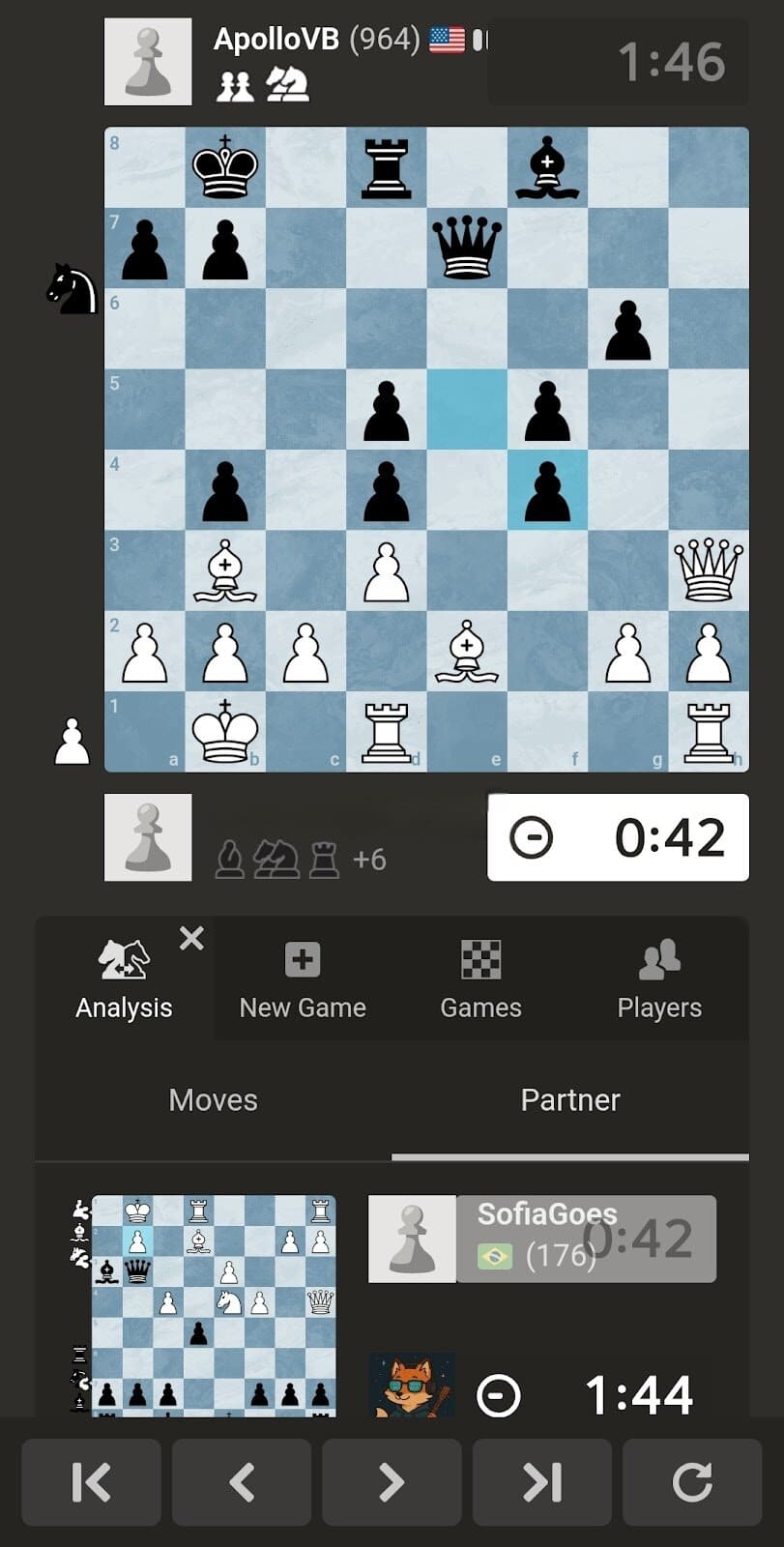
Over-the-Board Bughouse
OTB Bughouse is a favorite at chess clubs and casual meetups. It’s loud, fun, and competitive.
You’ll need:
- Two quality boards and clocks
- Physical transfer of pieces between teammates
- Constant communication and real-time coordination
Most players sit with partners side by side and opponents across the table.
Captured pieces are handed or tossed between teammates. The physicality and energy of OTB Bughouse make it feel like a team sport.
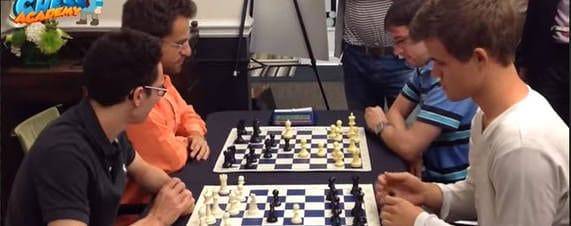
Tips for Bughouse Beginners
Now that you know how to play this exciting variant, here are some tips to keep in mind.
Coordinate with Your Partner
Always be aware of their needs. If they’re under attack, consider playing more defensively to give them time or pass them crucial pieces.
Don’t Prematurely Trade
Not all trades are good trades. In Bughouse, when you give up a queen, rook, or even a pawn, you’re handing your opponent’s teammate a weapon.
Before you make any capture or exchange, think: will this help my partner or hurt them?
If your partner is under pressure, giving away pieces can be a disaster. Communicate. Ask them if it’s safe to trade.
Watch Both Boards
Bughouse is not regular chess. You can’t win alone.
If you ignore your partner’s board, you’re playing half the game. Always glance at their position.
Ask them if they need a specific piece. Coordinate your moves. A well-timed drop on your board can save your partner or win their game.
You’re a team. Play like one.
Beware of Piece Drops
In Bughouse, danger can appear from above. Your opponent doesn’t need to march a piece across the board; they can drop it next to your king.
That rook or queen they just received? It might land on a crucial square and destroy your position.
Learn to defend common drop zones. Keep your back rank and your king’s surrounding squares covered.
Drop Your Pieces with a Plan
Don’t just drop pieces anywhere because they’re available. Every drop should serve a purpose: defence, attack, or pressure.
Throwing a knight in the middle of the board just because you have it wastes tempo. Worse, it might even block your own pieces. Think before you drop.
Conclusion
Bughouse chess throws traditional strategy out the window and replaces it with adrenaline, coordination, and lightning-fast tactics.
Whether you’re playing casually at a chess club or logging in for a quick online match, Bughouse delivers unpredictable fun and wild momentum swings.
It’s not just about playing well; it’s about playing together. So find a teammate, and prepare for one of the most entertaining variants of chess you’ll ever play.
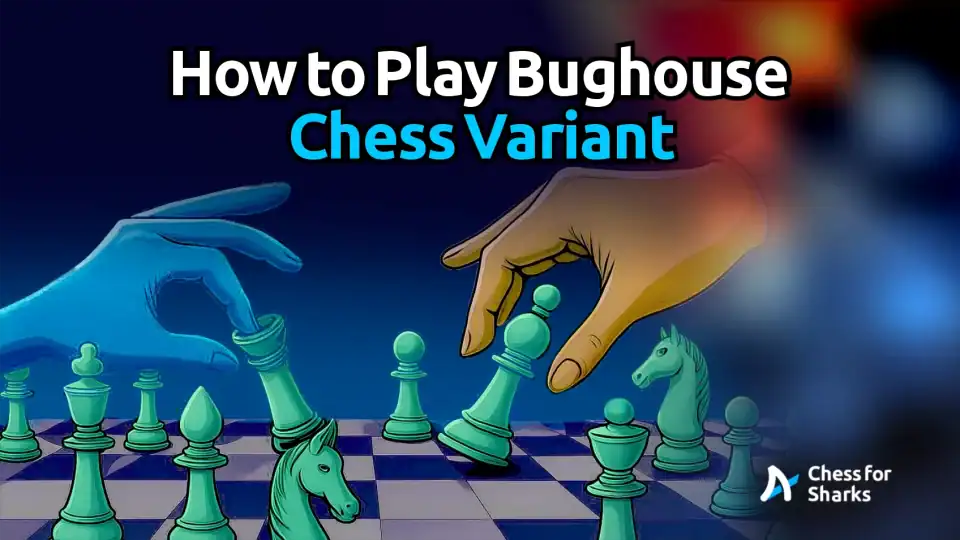


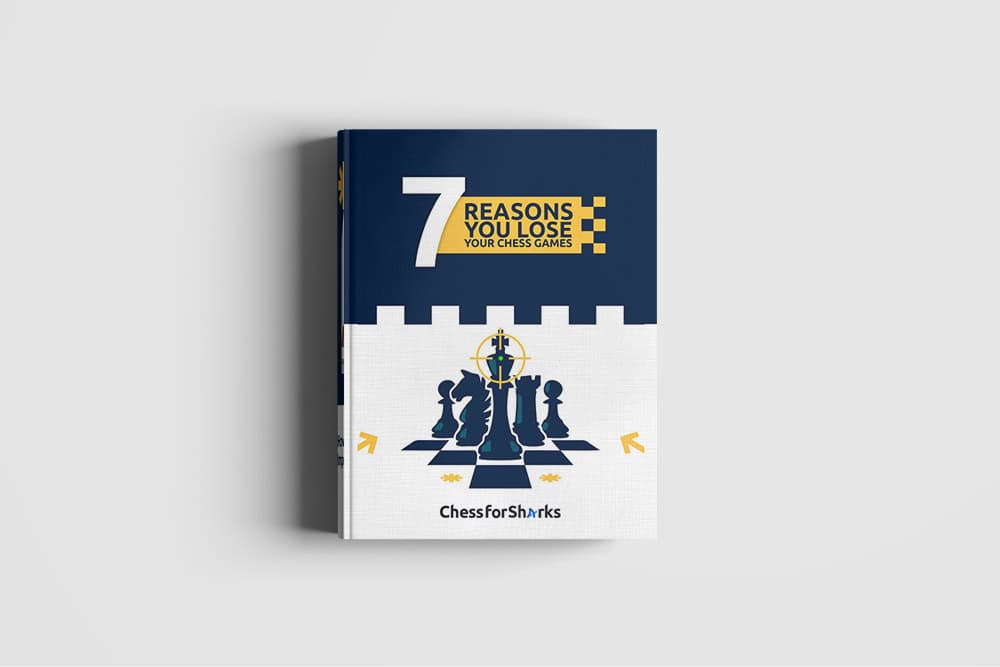
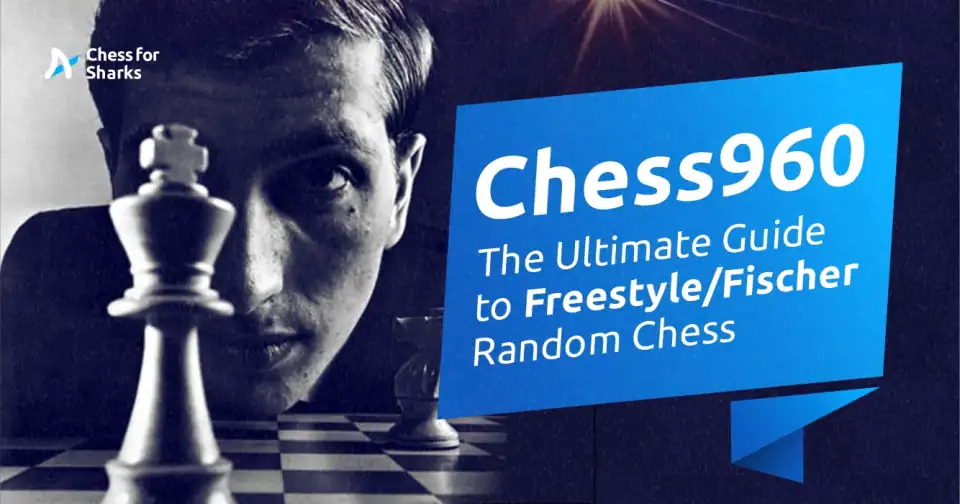
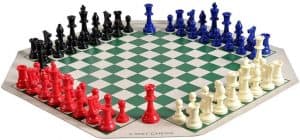
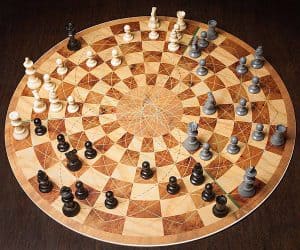
join the conversation